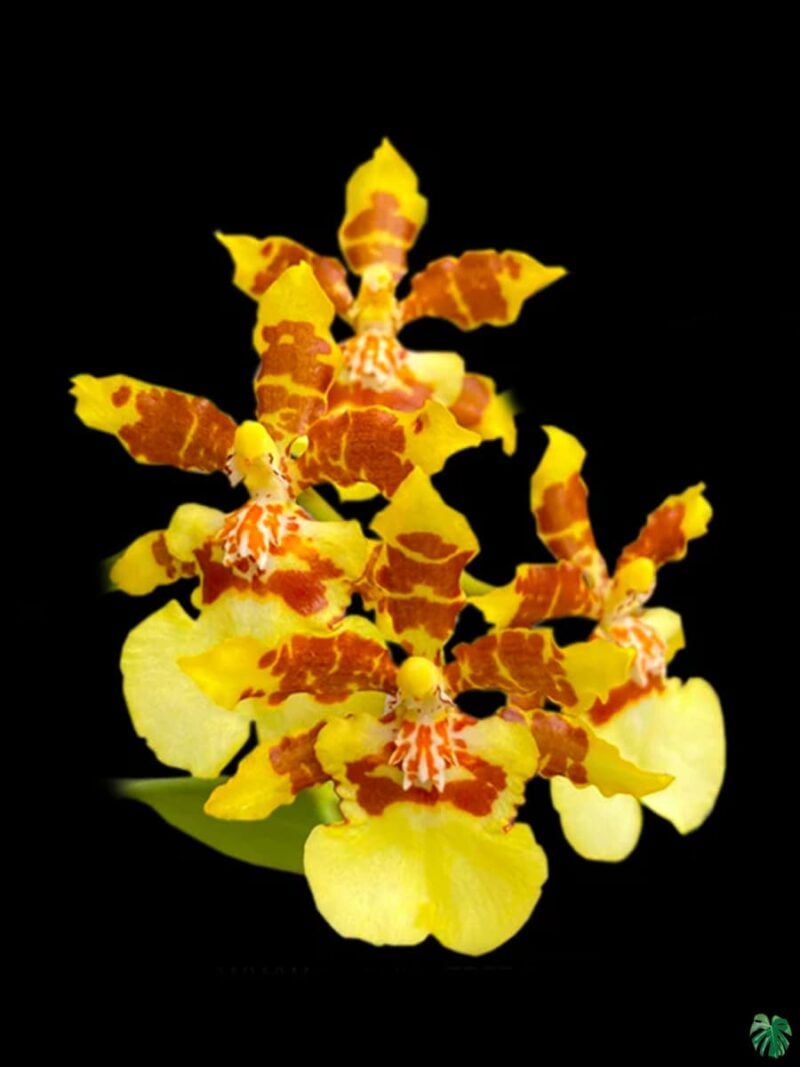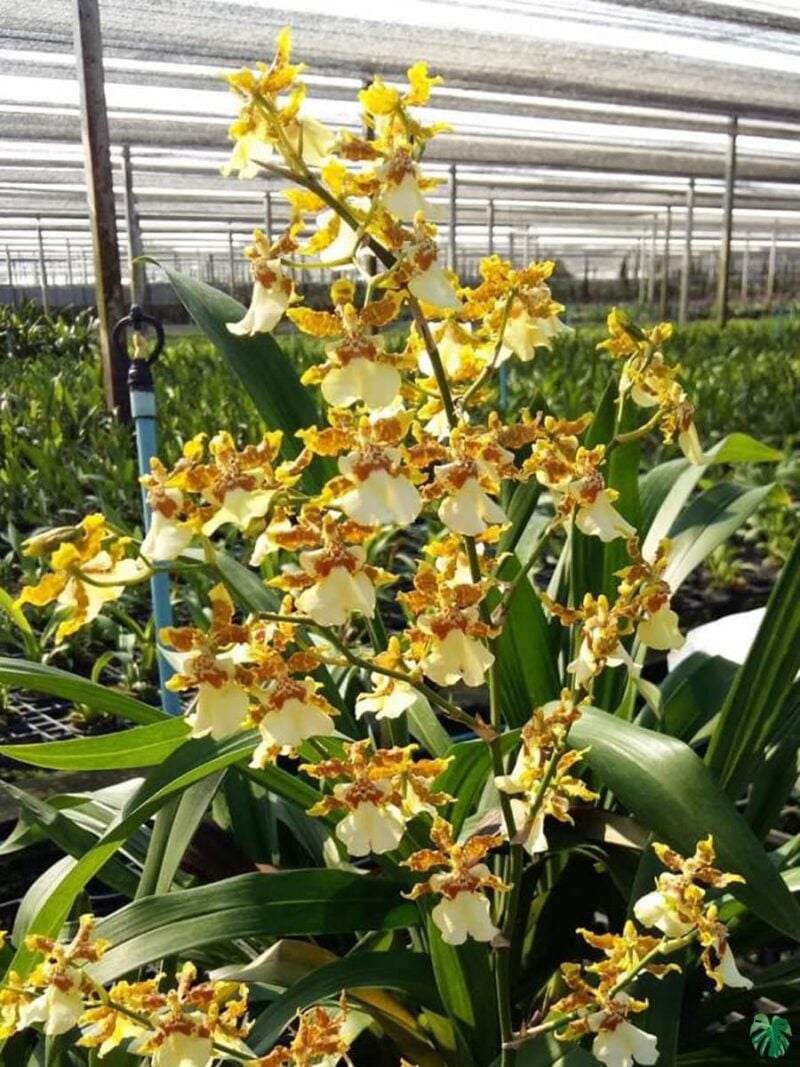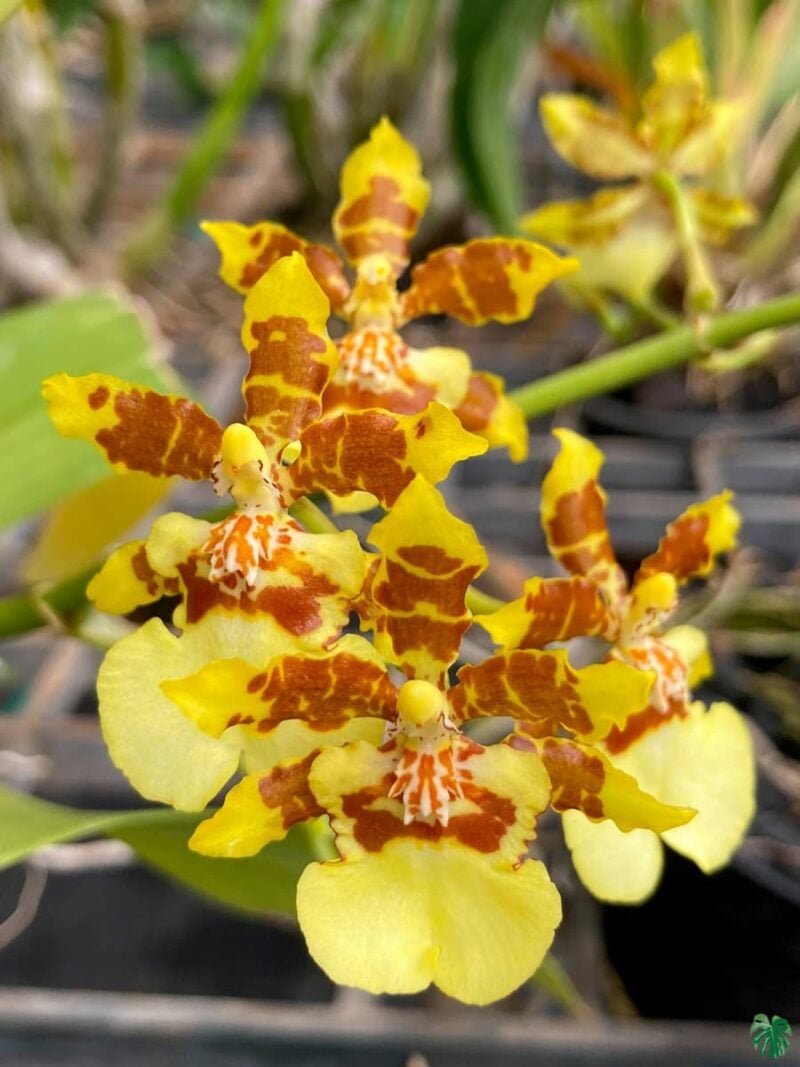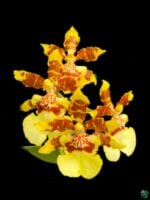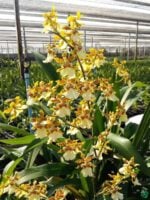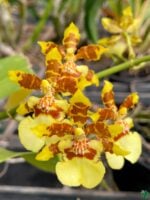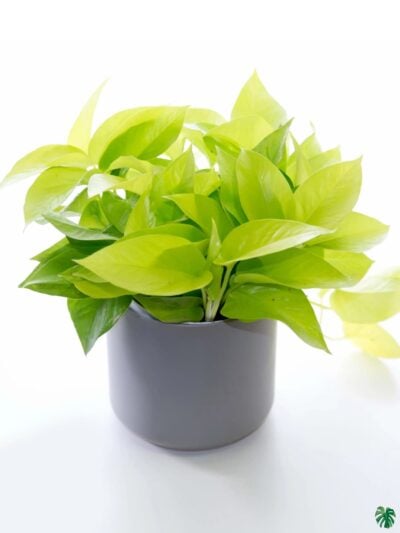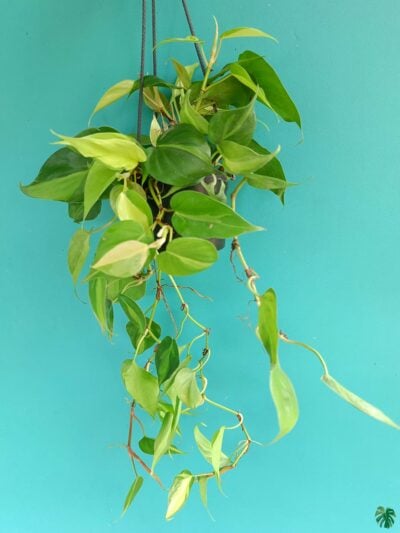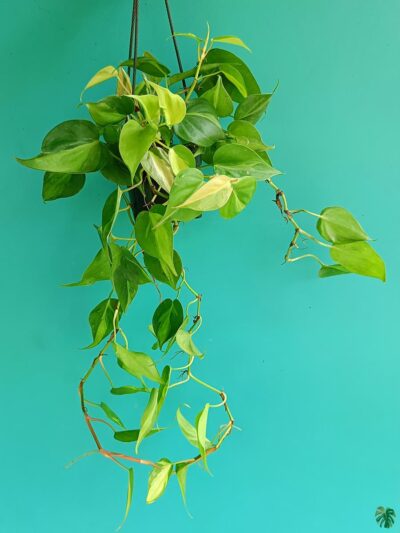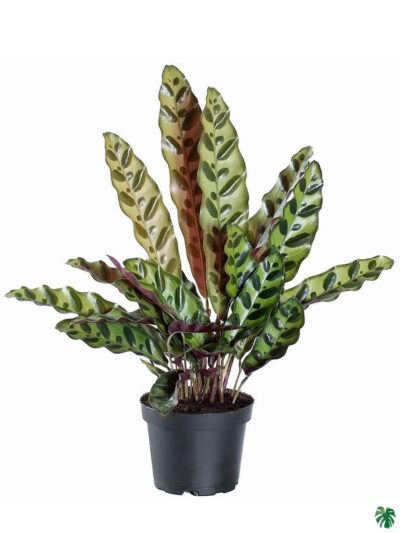Oncidium Yuan Nan Gold
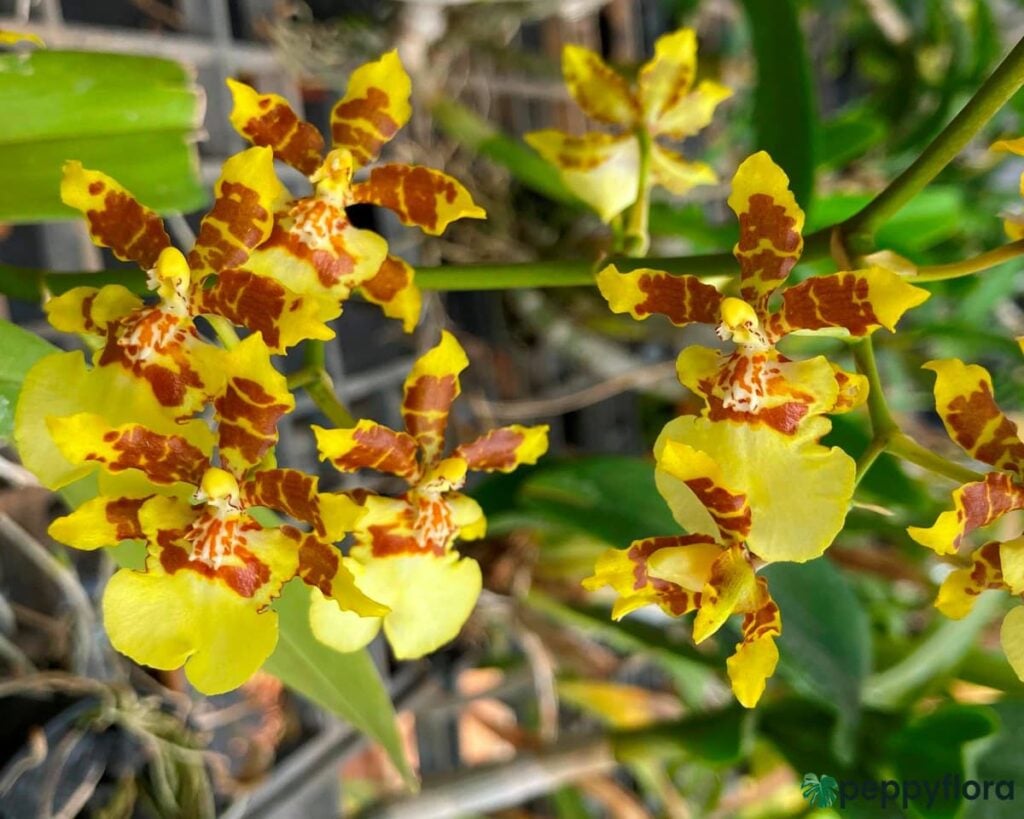
Oncidium Yuan Nan Gold is a hybrid orchid between Oncidium Sharry Baby x Oncidium Sphacelatum sp. Some florists fondly call Oncidium orchids as spray orchids. However, they are more popularly known for nicknames dancing lady orchids and tiger orchids. The first name because it resembles the swirling skirts of dancing maidens during the Victorian era.
Oncidium orchids are native to the lush, wild jungles of Central and South America. In their natural habitat, they can be seen thrive on trees and on top of rocks both on coastal areas and high up the mountains, up to 8,000 feet in the Andes. Oncidium orchids have also been spotted throughout the tropics, from Florida in the U.S. all the way to Brazil, Ecuador, Peru, and Argentina.
Oncidium orchids were first officially described by Olaf Swartz, a Swedish botanist, in the year 1800. The name was taken from the Greek word “onkos” which means “swelling or mass” referring to the uniquely shaped bump on the lips of its flowers.

